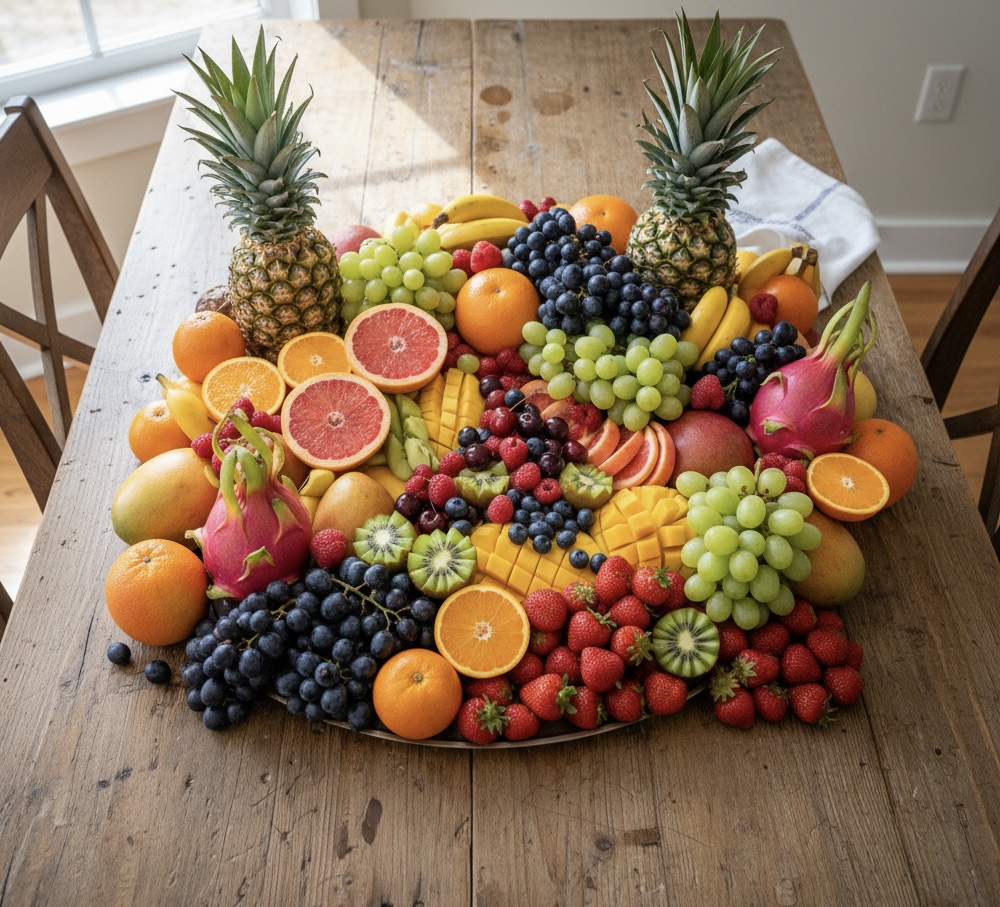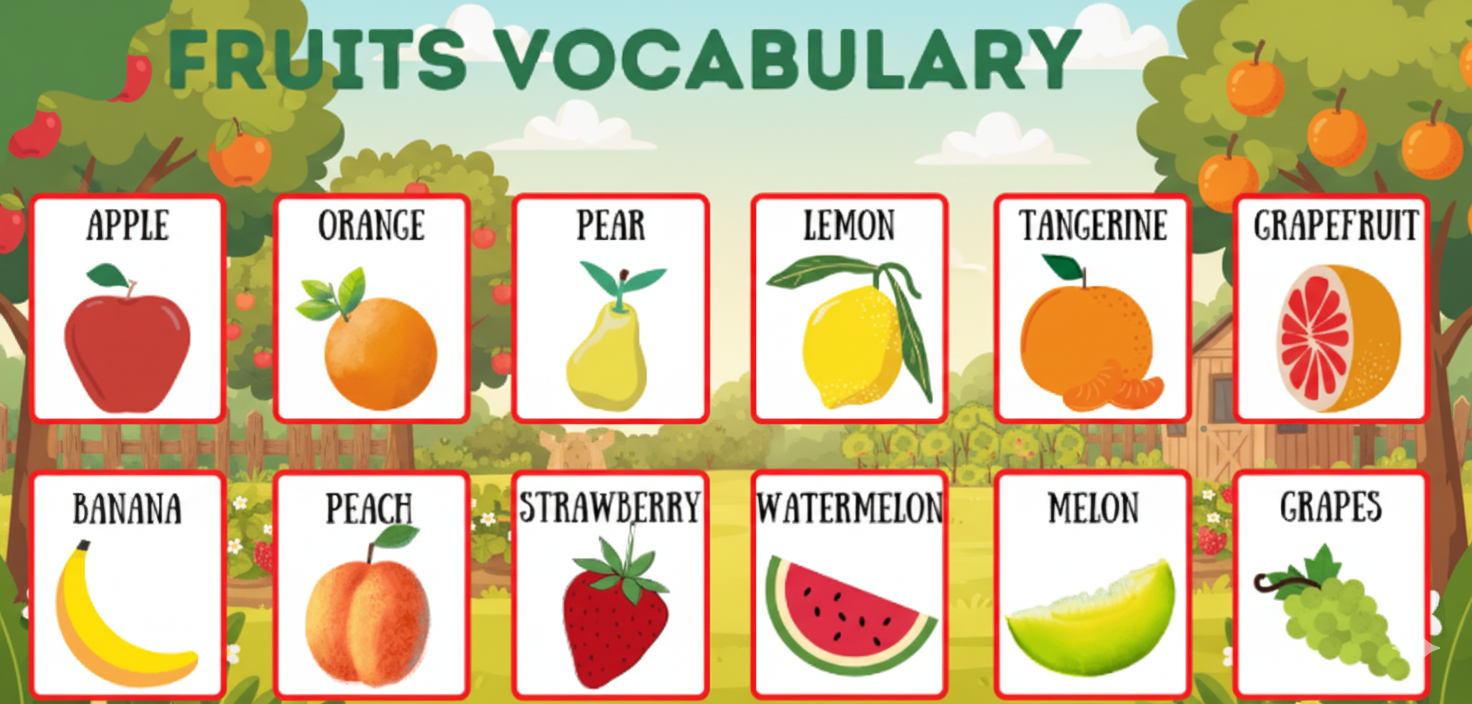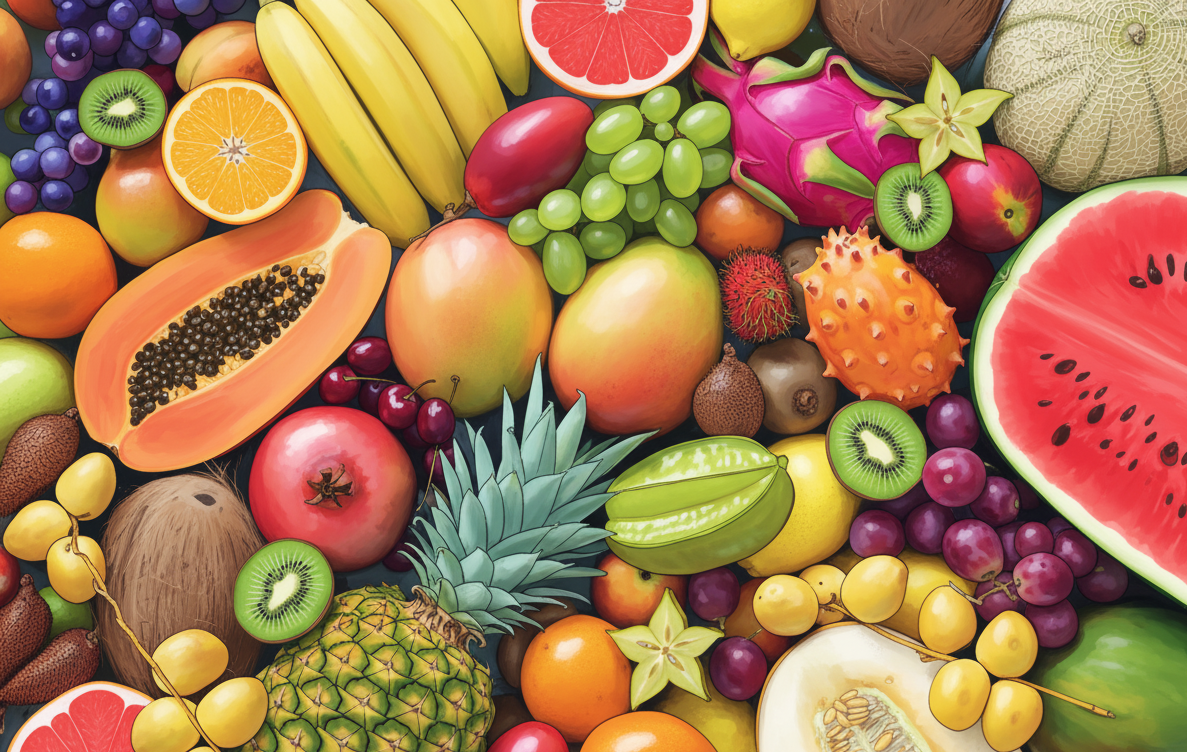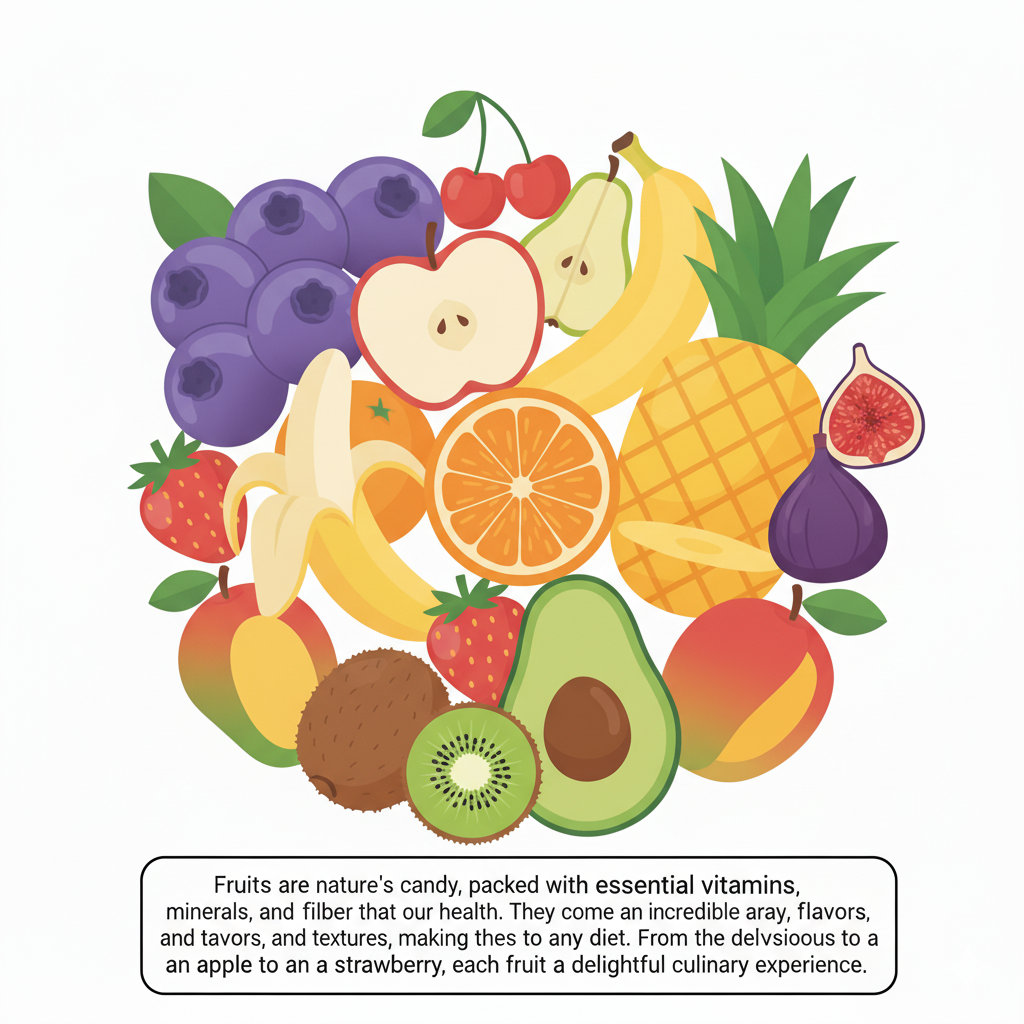Rustic Fruit Still Life: A Journey Through Color, Texture, and Seasonal Abundance
Fruit has always been a muse for artists, photographers, and home decorators alike. The vibrant hues, diverse textures, and seasonal abundance it offers make it an essential element in the world of rustic still life. In this blog post, we will explore the beauty of rustic fruit still life, delving into its artistic significance, the different types of fruits that can be used, and how you can create your own stunning arrangements at home.
The Art of Still Life: A Historical Perspective
Still life as an art form dates back to ancient civilizations but gained particular prominence during the Renaissance. Artists like Caravaggio and Pieter Claesz focused on capturing the essence of everyday objects, including fruits, to convey deeper meanings and emotions. These compositions often reflected the abundance of nature and the transient nature of life. Fruits, in particular, were symbolic of fertility and prosperity, making them a staple in still-life paintings.
The Symbolism of Fruits in Art
Fruits represent not just sustenance but also the passage of seasons, life cycles, and even moral lessons. For example, ripe fruits like apples and grapes signify abundance and temptation, while withered or decaying fruits can symbolize mortality. By understanding these symbols, one can appreciate the deeper layers of meaning in rustic fruit still life.
The Allure of Rustic Aesthetics
Rustic decor embodies a charm that is both inviting and nostalgic. When it comes to fruit arrangements, the rustic style emphasizes natural imperfections and the raw beauty of the produce. Think of wooden crates, burlap, and earthenware that complement the vivid colors of fruits. This style is not just visually appealing but also evokes a sense of warmth and comfort.
Choosing the Right Fruits for Your Arrangement
When selecting fruits for your rustic still life, consider their colors, sizes, and textures. Here are some popular fruits that work beautifully in arrangements:
- Apples: With their varying shades of red, green, and yellow, apples provide a classic base for any arrangement.
- Pears: Their soft curves and rich colors add elegance and contrast.
- Citrus Fruits: Oranges, lemons, and limes add a pop of brightness and a refreshing scent.
- Berries: Strawberries, blueberries, and raspberries introduce delicate textures and vibrant colors.
- Stone Fruits: Peaches, plums, and cherries offer lushness and are often in season during the summer months.
Creating Your Rustic Fruit Still Life
Now that you know what fruits to use, let’s explore how to create your own rustic fruit still life. Here’s a step-by-step guide:
Step 1: Gather Your Materials
Start by collecting the following:
- A selection of fresh fruits
- Rustic containers (wooden boxes, baskets, or ceramic bowls)
- Natural elements (flowers, leaves, or branches)
- Lighting equipment (if you’re photographing your arrangement)
Step 2: Select a Location
Choose a spot with good natural light to enhance the colors of your fruits. A kitchen table or a sunny window sill often works best. If you’re creating a photographic still life, consider the time of day for optimal lighting conditions.
Step 3: Arrange Your Fruits
Start by laying down the larger fruits as a base. Then, add smaller fruits in clusters to create visual interest. Play with different heights and angles, and don’t be afraid to let some fruits spill out of the containers for a more natural look. Incorporating other elements like flowers or greenery can also add depth to your arrangement.
Step 4: Experiment with Textures and Colors
Rustic still life thrives on diversity. Combine smooth-skinned fruits with those that have a rough or fuzzy texture. Additionally, use fruits with contrasting colors to create a vibrant composition. For example, pairing dark plums with bright yellow lemons can create a striking visual effect.
Step 5: Capture the Moment
If you’re documenting your arrangement through photography, be sure to pay attention to your camera angles and lighting. A simple backdrop can help your fruits stand out, while natural light can highlight their textures and colors. Experiment with close-ups and wider shots to capture the essence of your rustic still life.
Seasonal Abundance: Embracing Nature’s Bounty
One of the most fascinating aspects of fruit still life is its connection to the seasons. Each season brings a unique selection of fruits that can influence your arrangements. Embracing seasonal fruits not only enhances the visual appeal but also supports local agriculture.
Spring Fruits
Spring is a time of renewal, and fruits like strawberries and cherries come into season. Their vibrant colors can brighten any arrangement and symbolize rebirth and growth.
Summer Fruits
Summer offers a bounty of juicy fruits, from peaches to watermelons. These fruits are perfect for larger arrangements and can evoke feelings of warmth and happiness.
Autumn Fruits
As temperatures cool, apples, pears, and pumpkins become the stars of the show. Their rich colors and textures can create a cozy, harvest-themed still life.
Winter Fruits
While winter may seem fruitless, citrus fruits like oranges and grapefruits brighten up the season. Their vibrant colors bring cheer during the colder months, making them ideal for rustic arrangements.
Incorporating Rustic Fruit Still Life into Your Home Decor
Beyond just being an artistic pursuit, rustic fruit still life can also enhance your home decor. Here are a few ideas on how to incorporate these beautiful arrangements into your space:
Kitchen Centerpiece
A large bowl of colorful fruits placed in the center of your kitchen table can serve as a stunning centerpiece. Not only does it look good, but it also encourages healthy snacking for your family and guests.
Dining Table Decor
During dinner parties, consider using smaller fruit arrangements as table decor. They can add a touch of elegance and serve as conversation starters.
Seasonal Displays
Change your fruit arrangements with the seasons to keep your decor fresh. Use spring flowers with strawberries in the spring and autumn leaves with apples in the fall.
Photographing Your Rustic Fruit Still Life
For those who enjoy photography, capturing the essence of a rustic fruit still life can be rewarding. Here are some tips to help you take stunning photos:
Use Natural Light
Whenever possible, shoot in natural light to avoid harsh shadows and to bring out the true colors of the fruits.
Experiment with Angles
Try different angles to find the most flattering view of your arrangement. Overhead shots work well for flat lays, while side angles can highlight the textures of the fruits.
Post-Editing
Don’t hesitate to use editing software to enhance your photos. Adjusting brightness, contrast, and saturation can make your fruits pop even more.
Conclusion
Creating a rustic fruit still life is more than just an artistic endeavor; it’s a celebration of nature’s bounty and an opportunity to connect with the changing seasons. By understanding the history, selecting the right fruits, and embracing the rustic aesthetic, anyone can create stunning arrangements that enhance their home decor and evoke a sense of warmth and abundance.
Whether you’re hosting a dinner party or simply want to brighten up your kitchen, a rustic fruit still life can serve as a beautiful centerpiece that brings joy and vibrancy into your space. Don’t forget to check out our articles on Revitalize Your Parties: The Art of Tropical Fruit Arrangements and Vibrant Fruit Collection: A Detailed Illustration for more inspiration. Embrace the colors, textures, and seasonal abundance of fruits, and let your creativity flourish!




1 thought on “Rustic Fruit Still Life: A Journey Through Color, Texture, and Seasonal Abundance”